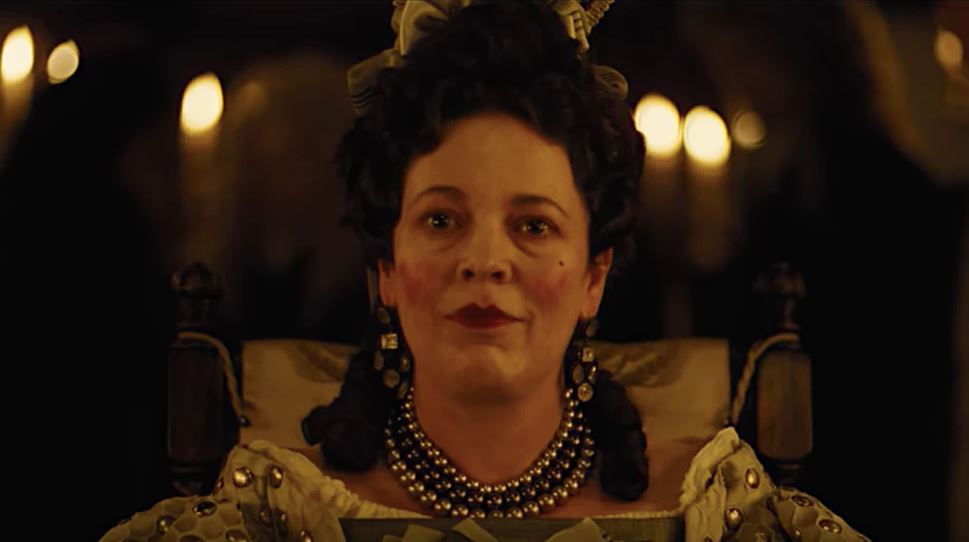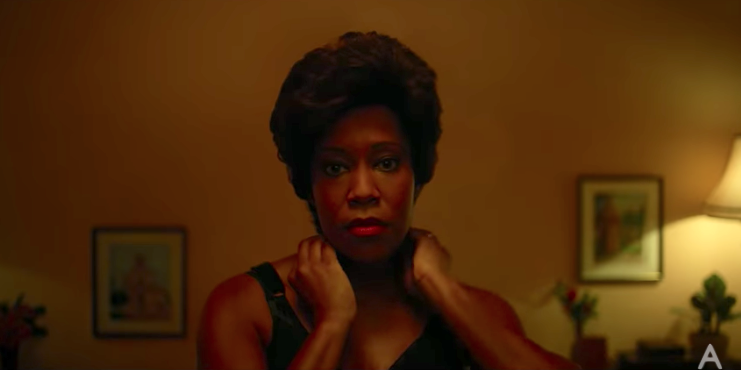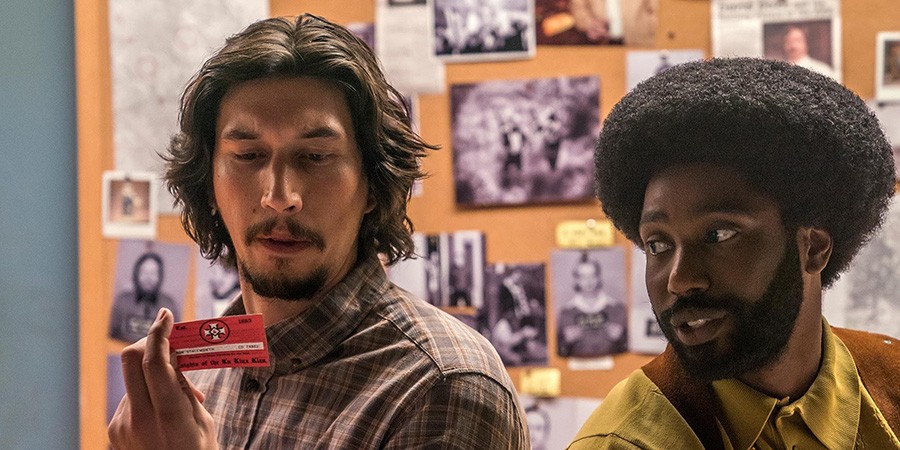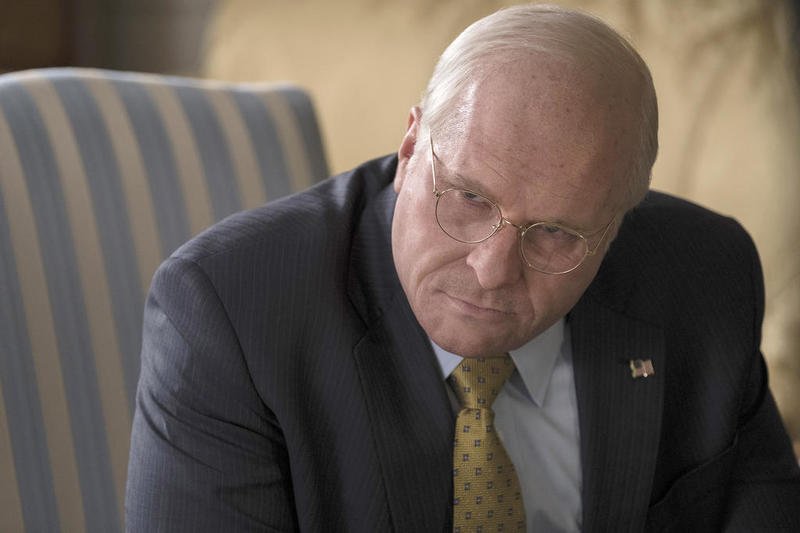Oscars 2018: Best Picture and Best Director
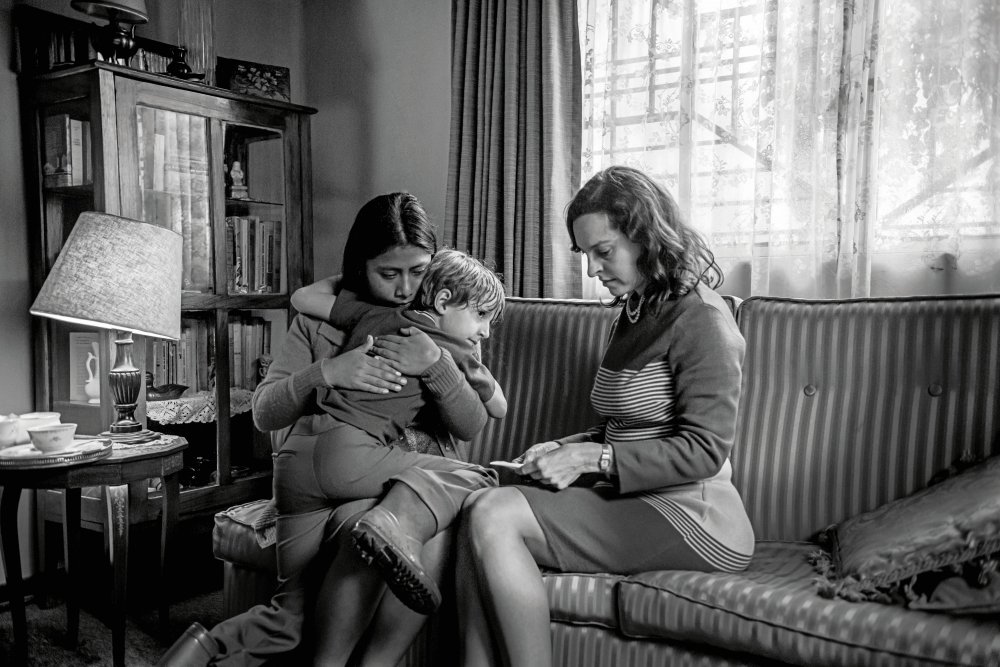
And here we are. Having previously analyzed the other 19 feature categories at this year’s Oscars, we’ve finally arrived at the big guns. For our prior posts, check out the following links:
The
lead actors
The
supporting actors
The
screenplays
The
big techies
The
odds and ends
BEST DIRECTOR
NOMINEES
Alfonso Cuarón—Roma
Yorgos Lanthimos—The
Favourite
Spike Lee—BlacKkKlansman
Adam McKay—Vice
Pawel Pawlikowski—Cold War
WILL WIN
Cuarón. There’s a swelling narrative suggesting
that Lee will finally avenge his 29-year-old loss to Driving Miss Daisy by defeating the director of Driving Miss Daisy: Bizarro Edition, aka
Green Book. But given that Green Book’s director isn’t even
nominated here, that theory doesn’t exactly make a ton of sense. Besides, while
Driving Miss Daisy did win Best
Picture, Lee didn’t really lose the Best Director race to it in 1989, as
neither he nor Bruce Beresford was even nominated (Oliver Stone won for Born on the Fourth of July). So, yeah,
that narrative is dumb. Besides, Cuarón won at the guild, and Roma is a technical marvel, so there’s
no reason to bet against him here. Read More

